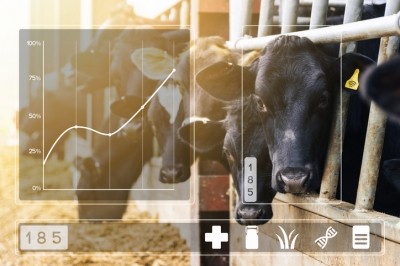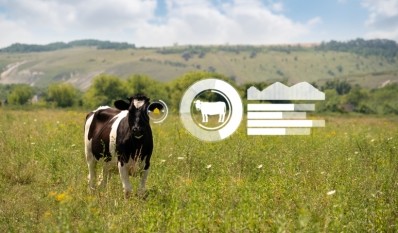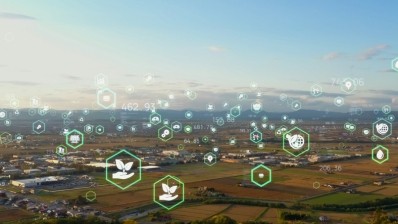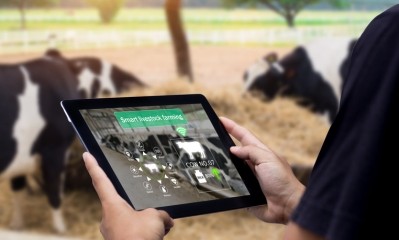Study: Deep learning-based system effective at checking subtle changes in pig feeding activity
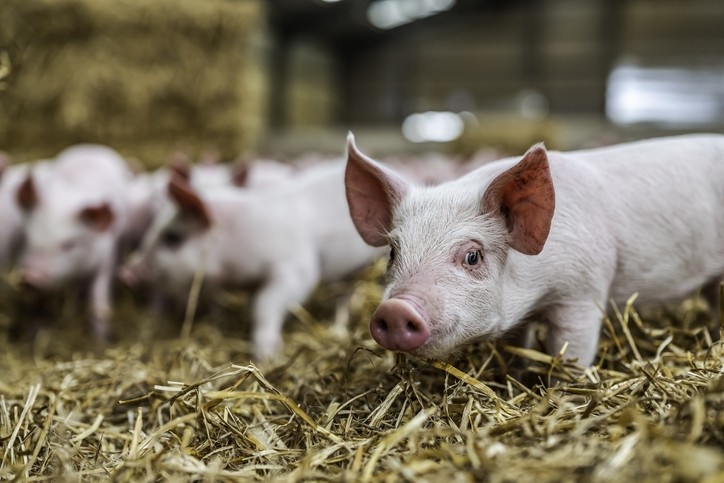
The system, said the UK researchers behind it, can be applied to different types of pig husbandry and management systems.
It is capable of robust and accurate surveillance of the feeding behavior of groups of commercially housed pigs, without the need for additional sensors or individual marking, they said.
Changes in feeding behavior are a key symptom of health and welfare problems. Subtle changes, linked to the way in which the animal consumes an amount of food, may be of value for the early detection of health and welfare compromises, reported the team, with members based at Newcastle University and Queen’s University in Belfast.
Their research was published in BioSystems Engineering.
Automated, vision-based early warning systems have been developed to detect behavioral changes in groups of pigs to monitor their health and welfare status, but in commercial settings, such automatic recording of feeding behavior remains a challenge due to problems of variation in lighting, obstructions, and the similar appearance of different pigs, they noted.
“Additionally, such systems, which rely on pig tracking, often overestimate the actual time spent feeding, due to the inability to identify and/or exclude non-nutritive visits (NNV) to the feeding area.”
To overcome such monitoring challenges, the researchers set about developing a new analytical tool to review pig feeding in commercial settings, one they say does not rely on pig tracking and is capable of distinguishing between feeding and NNV for a group of pigs.
“We have developed a 2D camera-based deep learning method to automatically detect the feeding behavior of groups of pigs under commercial conditions, without the need for additional sensors or individual marking. The system operates on grayscale video images and was trained to handle the constantly changing farm conditions, e.g., lighting conditions, problems of occlusion caused by other pigs, and insects occluding the image from the camera.”
Validation
They validated the method using video footage from a commercial pig farm, under a variety of settings.
“We demonstrated the ability of this automated method to identify feeding and NNV behavior with high accuracy. We then tested the method's ability to detect changes in feeding and NNV behaviors during a planned period of food restriction, and we found that the method was able to automatically quantify the expected changes in both feeding and NNV behaviors.”
The team said they specifically designed the trial to provide a model akin to the early stages of a heath/welfare compromises in a group of commercial pigs. When ad-libitum feeding stopped, the pen as a whole was provided with 80% of the food they would usually consume, they added.
“We predicted that, at this level of food restriction, disruption to the behavior would be present, but not at a level significant enough to result in overt, immediately identifiable changes in behavior that would been seen pen side. Our study provided us with a data set that showed subtle changes in behavior that would be of a similar level to subtle behavioral changes in the early stage of health/welfare compromises (Kyriazakis and Tolkamp, 2010).”
Changes were detectable even when they monitored only a subset of the feeding troughs.
“Such changes are very difficult to detect by human visual inspection on large-scale commercial farms, thus warranting the development of this system that can monitor and detect such important changes in the patterns of feeding behavior, without monitoring the entire pen," said the UK researchers.
The animal trial was supported by the Biotechnology and Biological Sciences Research Council, UK, through an Agri-tech Research grant in conjunction with Zoetis Inc, Harbro Nutrition Ltd, Innovent UK and RAFT solutions Ltd. The automated detection work was conducted under the EU funded, Healthy Livestock project.
Source: BioSystems Engineering
DOI: https://doi.org/10.1016/j.biosystemseng.2020.06.013
Title: Automatic recognition of feeding and foraging behavior in pigs using deep learning
Authors: A. Alameer, I. Kyriazakis, H. Dalton, A. Miller, J. Bacardit
